Join the discussion on this paper page.


World Futures Day begins at 12 noon in New Zealand and moves each hour around the planet ending at 12 noon in Hawaii. If you would like to be a Facilitator at 12 noon in your time zone or in others, click here to sign up: https://docs.google.com/spreadsheets/d/1BEdW5rk_MOtGWuY-uGs_…edit#gid=0
Guidelines for facilitating can be downloaded at.
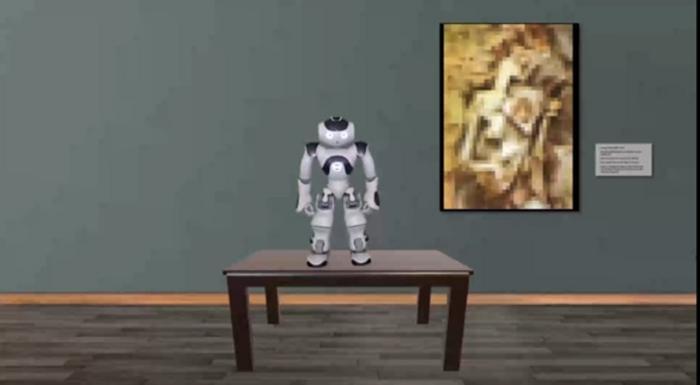
Would social robots speaking in a familiar accent or dialect enable you to trust them more, or perhaps perceive them to be smarter? This is what a recent study published in Frontiers in Robotics and AI hopes to address as a team of researchers led by the University of Potsdam in Germany investigated how a social robot’s dialect using a Nao robot impacted its interaction with a human counterpart. This study holds the potential to help scientists and the public better understand behavioral and social norms between humans and robots, especially with the rapid advancement of artificial intelligence (AI) around the world.
For the study, the researchers conducted a survey-based study with 120 German native speakers who lived either in Berlin or Brandenburg to determine their satisfaction level with a Nao robot speaking German in a Berlin accent, the latter of which is considered working-class and informal accent in Germany. The participants were asked to watch a video of the Nao robot and fill out the questionnaire regarding if they trusted or found the Nao robot to be smarter with the Berlin dialect. In the end, the researchers found a positive correlation between participants who spoke with a Berlin dialect and the Berlin-dialect Nao robot.
“If you’re good at speaking a dialect, you’re more likely to trust a robot that talks the same way,” said Katherine Kühne, who is a PhD student at the University of Potsdam and lead author of the study. “It seems people trust the robot more because they find a similarity.”
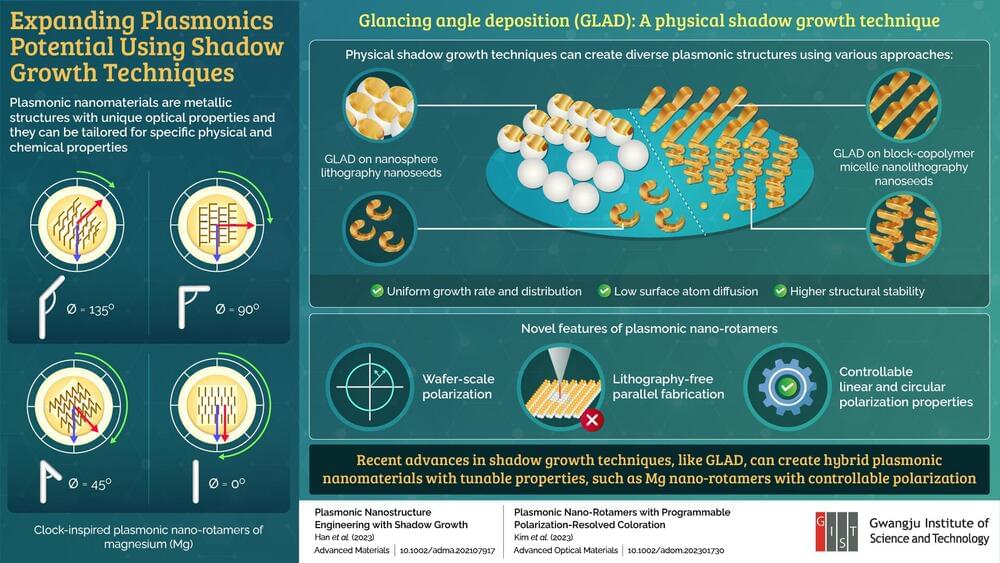
Plasmonics are special optical phenomena that are understood as interactions between light and matter and possess diverse shapes, material compositions, and symmetry-related behavior. The design of such plasmonic structures at the nanoscale level can pave the way for optical materials that respond to the orientation of light (polarization), which is not easily achievable in bulk size and existing materials.
In this regard, “shadow growth” is a technique that utilizes vacuum deposition to produce nanoparticles from a wide range of 2D and 3D shapes at nanoscale. Recent research progress in controlling this shadow effect has broadened the possibilities for the creation of different nanostructures.
Now, in twin studies led by Assistant Professor Hyeon-Ho Jeong from the Gwangju Institute of Science and Technology (GIST), Republic of Korea, researchers have comprehensively shed light on the recent advances in shadow growth techniques for hybrid plasmonic nanomaterials, including clock-inspired designs containing magnesium (Mg).
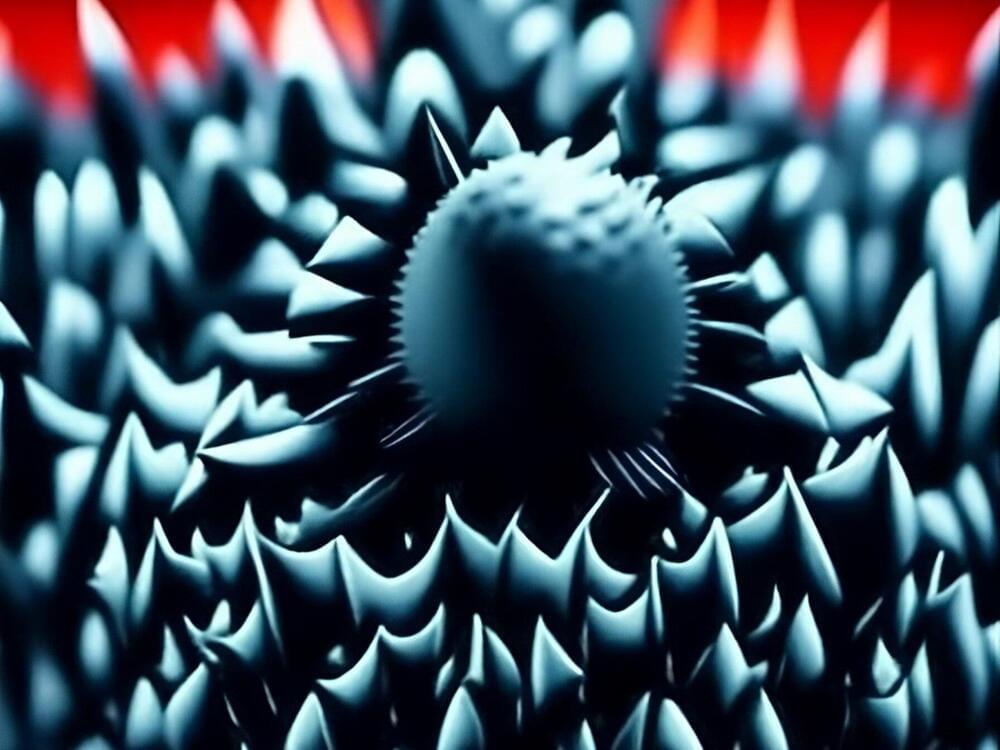
A team of researchers from the URV and the RMIT University (Australia) has designed and manufactured a surface that uses mechanical means to mitigate the infectious potential of viruses. Made of silicon, the artificial surface consists of a series of tiny spikes that damage the structure of viruses when they come into contact with it. The work is published in the journal ACS Nano.
The research has revealed how these processes work and that they are 96% effective. Using this technology in environments in which there is potentially dangerous biological material would make laboratories easier to control and safer for the professionals who work there.
Spike the viruses to kill them. This seemingly unsophisticated concept requires considerable technical expertise and has one great advantage: a high virucidal potential that does not require the use of chemicals. The process of making the virucidal surfaces starts with a smooth metal plate, which is bombarded with ions to strategically remove material.
Researchers at ETH Zurich have recently developed artificial muscles for robot motion. Their solution offers several advantages over previous technologies: It can be used wherever robots need to be soft rather than rigid or where they need more sensitivity when interacting with their environment.
Many roboticists dream of building robots that are not just a combination of metal or other hard materials and motors but also softer and more adaptable.
Soft robots could interact with their environment in a completely different way; for example, they could cushion impacts the way human limbs do, or grasp an object delicately. This would also offer benefits regarding energy consumption; robot motion today usually requires a lot of energy to maintain a position, whereas soft systems could store energy well, too. So, what could be more obvious than to take the human muscle as a model and attempt to recreate it?
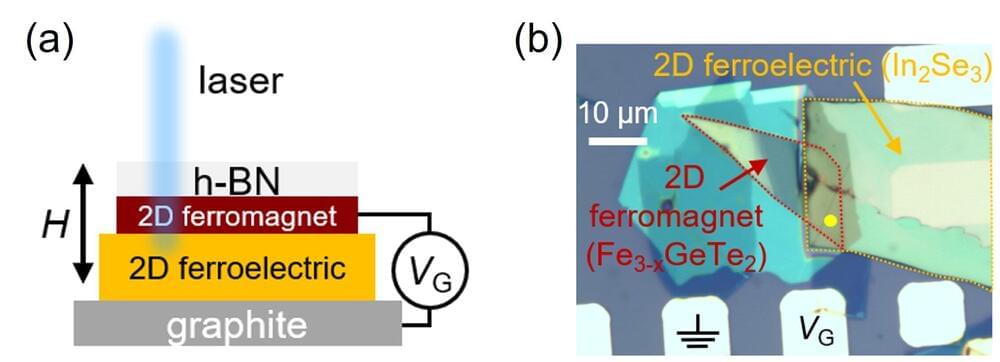
As artificial intelligence technologies such as Chat-GPT are utilized in various industries, the role of high-performance semiconductor devices for processing large amounts of information is becoming increasingly important. Among them, spin memory is attracting attention as a next-generation electronics technology because it is suitable for processing large amounts of information with lower power than silicon semiconductors that are currently mass-produced.
Utilizing recently discovered quantum materials in spin memory is expected to dramatically improve performance by improving signal ratio and reducing power, but to achieve this, it is necessary to develop technologies to control the properties of quantum materials through electrical methods such as current and voltage.
Dr. Jun Woo Choi of the Center for Spintroncs Research at the Korea Institute of Science and Technology (KIST) and Professor Se-Young Park of the Department of Physics at Soongsil University have announced the results of a collaborative study showing that ultra-low-power memory can be fabricated from quantum materials. The findings are published in the journal Nature Communications.
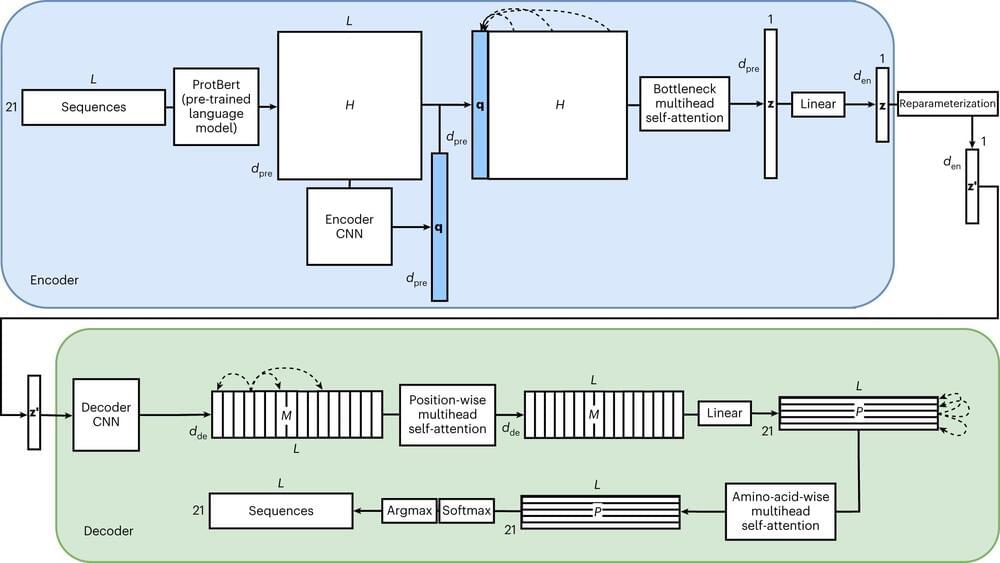
Researchers at the University of Toronto have used an artificial intelligence framework to redesign a crucial protein involved in the delivery of gene therapy.
The study, published in Nature Machine Intelligence, describes new work optimizing proteins to mitigate immune responses, thereby improving the efficacy of gene therapy and reducing side effects.
“Gene therapy holds immense promise, but the body’s pre-existing immune response to viral vectors greatly hampers its success. Our research zeroes in on hexons, a fundamental protein in adenovirus vectors, which—but for the immune problem—hold huge potential for gene therapy,” says Michael Garton, an assistant professor at the Institute of Biomedical Engineering in the Faculty of Applied Science & Engineering.
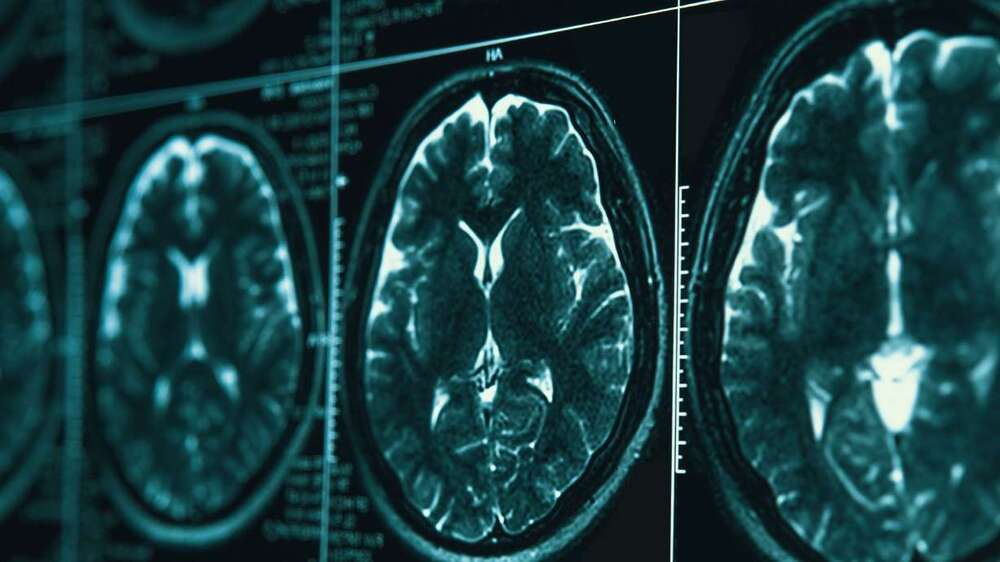
This is interesting. Who knew brain drain would be helpful? Haha it’s a different context but it’s medicinal in this sense. Amazing discovery!
Estimated read time: 2–3 minutes.
SALT LAKE CITY — Add this to the list of potential targets to treat Alzheimer’s and other neurodegenerative disorders: Researchers in South Korea have discovered a network of lymphatic vessels at the back of the nose that help drain cerebral spinal fluid from the brain.
According to Neuroscience News, the “groundbreaking” study, published in the journal Nature, reveals a previously unknown outflow path for the fluid, which could have implications for targeting neurodegenerative ills like Alzheimer’s and other dementias.

We are witnessing a professional revolution where the boundaries between man and machine slowly fade away, giving rise to innovative collaboration.
Photo by Mateusz Kitka (Pexels)
As Artificial Intelligence (AI) continues to advance by leaps and bounds, it’s impossible to overlook the profound transformations that this technological revolution is imprinting on the professions of the future. A paradigm shift is underway, redefining not only the nature of work but also how we conceptualize collaboration between humans and machines.
As creator of the ETER9 Project (2), I perceive AI not only as a disruptive force but also as a powerful tool to shape a more efficient, innovative, and inclusive future. As we move forward in this new world, it’s crucial for each of us to contribute to building a professional environment that celebrates the interplay between humanity and technology, where the potential of AI is realized for the benefit of all.